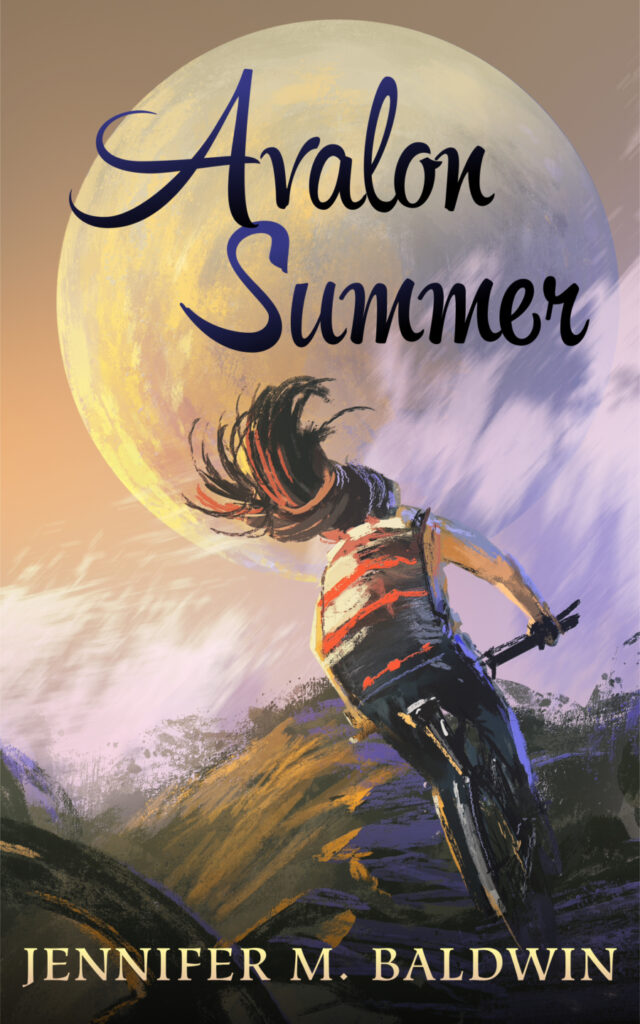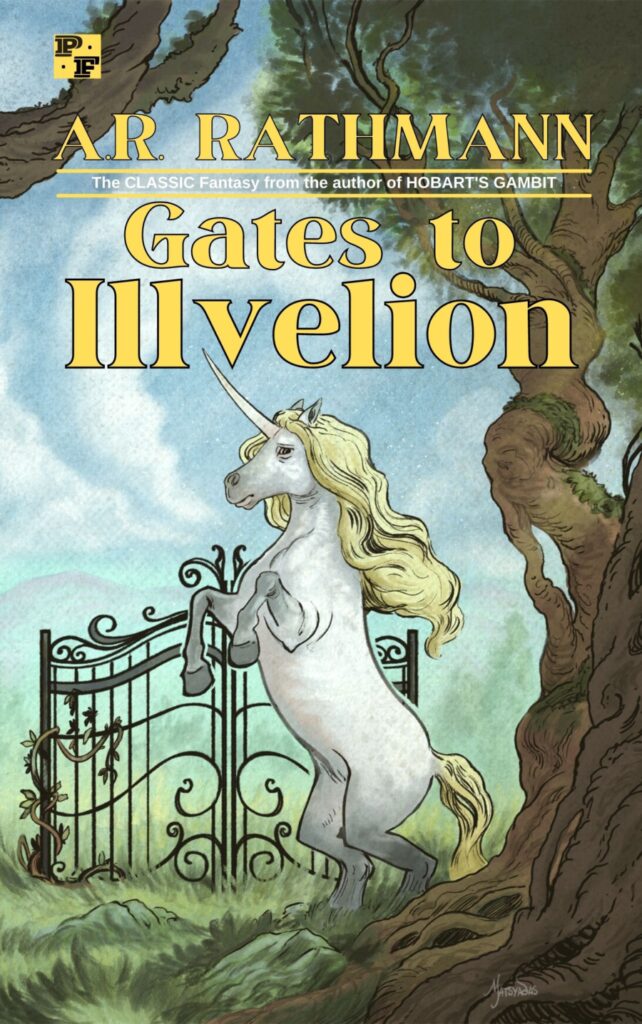
The Time: Free RPG Day 2017
The Place: a FLGS in Howell, Michigan
The What: Finding a copy of the 2017 Free RPG Day Dungeon Crawl Classics Quick Start Rules
The Result: Nothing.
I skimmed through the rules, liked the idea of The Funnel (where players create 0-level characters, like farmers and urchins and such, and then run them through an arduous dungeon and see who makes it out alive; livers get to become 1st level characters), and promptly moved on to other things.
I wasn’t really looking to run a new rpg. I had given up being a GM after some rocky experiences with a couple of game systems, my husband was taking over the GM role, we were looking at maybe playing some indie games or maybe even The One Ring RPG, but Dungeon Crawl Classics was just this little slim booklet with the cool cover.
But man, that cover. Every once in awhile, while working at my writing desk, that cover would peak through the stack of books surrounding it and I’d start dreaming. The strains of a Led Zeppelin mixed tape would waft through my brain. The feeling of forbidden adventure would beckon, as if I was ten-years-old again, hanging out at the library and gazing greedily at the AD&D 2nd edition books on the shelves, wishing my mom and dad would let me read them, wishing I could travel across Krynn, down into the bowels of a sorcerer’s underground fortress, to speak with dragons and steal magic swords. The cover of DCC’s rule book made me feel all that and more. It tempted me. Intrigued me.
But still, I didn’t go back to it. I was done GMing. We hadn’t role-played or even played board games in a long while. DCC was just a neat cover with some crazy rules inside. I wasn’t going to get caught up in it.
And then, about two months ago, I did. I grabbed the quick start rules again, read through them, loved the artwork, got somewhat inspired to Game Master an adventure (called “Judging” in DCC), and then told myself I was just flipping through the book to get ideas for Ysbaddaden and the Game of Chess. But in the midst of my inspiration-seeking idea-getting I found out I was kinda falling in love with this game. The art. Did I mention the art? It’s so freakin’ old school it makes my ten-year-old heart swoon. The game play (especially the magic) is all about wild, unexpected and chaotic shit happening; I loved the unpredictability, the anything-goes ethos. It WAS inspiring; I felt like my fiction had become too staid, too boxed in, and then DCC came along and said, “Go ahead, do something crazy. Nothing is off-limits. Fantasy doesn’t have to fit into neat boxes.” And now I’m ready to write almost anything, to let my imagination go wild, to write as if I’m a kid again, which is what DCC makes me feel: like a kid.
And kids play. Kids make up crazy shit. Kids aren’t bound by what’s expected or what’s “part of the genre.” Kids just know what feels fun, what excites them. DCC does that. It’s the rpg that speaks to my inner twelve-year-old.
I feel like games can be an awesome source of inspiration. They aren’t “literature” in the typical sense, but they do possess many of the features of narrative: setting, characters, conflict. With tabletop rpgs especially, players are encouraged to create a story together, to weave a narrative from the various numbers and statistics and dice rolls of the game. And with board games too, the imaginative elements are there for crafting stories. What else is the book Jumanji all about, after all? As soon as I finished rereading the DCC quick start rules this last time, I started writing a short story based on the zero-level funnel included in the book, “Portal Under the Stars.” Rpg fan fiction, basically. Something I have never done in my life, but DCC inspired me to do.
So yeah. I bought the core book. I’m reading it now and having all kinds of ideas. I haven’t GMed a game yet (planning on doing a modified version of Beyond the Silver Scream), but when I do, I hope it’s as fun and kick-ass as the game in my head. Regardless of whether I play the game or not, DCC still serves as fertile ground for my own storytelling. The feeling of the book — the vibe it gives off — is energizing. It fills me with the gusto I need to be creative.
 So much of fantasy literature these days has what’s called a “magic system,” a.k.a. the rules of how magic works in the story’s world. These rules are often revealed over the course of a novel/series, and the readers expect to have magic “explained” at some point. The idea is that if magic is systematic, then readers can more fully engage with the plot because they can piece together the information about the magic system — much like gathering and analyzing clues in a mystery novel — and then when it comes time for the characters to use their magic, the readers can anticipate, guess, or otherwise make predictions about how and what and when the magic gets used. Apparently, fantasy readers love, love, love them some magic systems. Me? I’m kinda sick of them. Not that I don’t love Sanderson and
So much of fantasy literature these days has what’s called a “magic system,” a.k.a. the rules of how magic works in the story’s world. These rules are often revealed over the course of a novel/series, and the readers expect to have magic “explained” at some point. The idea is that if magic is systematic, then readers can more fully engage with the plot because they can piece together the information about the magic system — much like gathering and analyzing clues in a mystery novel — and then when it comes time for the characters to use their magic, the readers can anticipate, guess, or otherwise make predictions about how and what and when the magic gets used. Apparently, fantasy readers love, love, love them some magic systems. Me? I’m kinda sick of them. Not that I don’t love Sanderson and 
 Any book that can make me feel sympathy for a cannibalistic child-killer is obviously doing something profound.
Any book that can make me feel sympathy for a cannibalistic child-killer is obviously doing something profound.  I decided to set my series, Merlin’s Last Magic, in the 1980s because, for me, the 1980s were the “golden age” of fantasy-related stuff: Conan. Red Sonja. Labyrinth. The Dark Crystal. The Last Unicorn. The Neverending Story. Ladyhawke. Dragonslayer. Legend. The Dragonlance Chronicles. HeroQuest.
I decided to set my series, Merlin’s Last Magic, in the 1980s because, for me, the 1980s were the “golden age” of fantasy-related stuff: Conan. Red Sonja. Labyrinth. The Dark Crystal. The Last Unicorn. The Neverending Story. Ladyhawke. Dragonslayer. Legend. The Dragonlance Chronicles. HeroQuest.

